With sales of Amazon Echo and Google Home increasing, audio shopping is changing the customer journey and retailers need to take notice.
I have a household of six people and our Google Home device is used by everyone – including my eight-year-old daughter who thinks it is a completely normal thing to do.
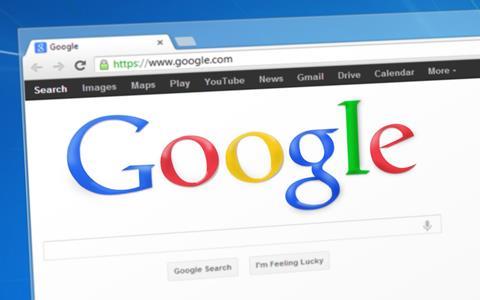
The device now recognises us as different individuals and can offer a pretty good personal experience.
It has changed the way we do the simplest of things, such as listen to music, watch TV, create lists and, of course, shop.
The key benefit is convenience. Our audio assistant makes our lives easier – removing menial tasks and giving us back a little more time to do other things we enjoy.
In fact, it is modifying our behaviours, raising our expectations and even making us lazy. And we’re not alone.
“Our audio assistant makes our lives easier – removing menial tasks and giving us back a little more time to do other things we enjoy”
Retailers need to change
If the level of take-up of audio assistants continues at the same rate as today, the retailers that are first to use this channel will grow their own market share.
Achieving a presence, or ‘audio visibility’, is no easy task. However, there are a number of things as a retailer you need to do. And they’re not all technology-related:
- You need ‘actions’ and ‘skills’
To be visible, you will need to develop apps for Google Home, Amazon Echo, and others as they appear on the market.
- Optimise your online content for voice search
The (somewhat unused) ‘I’m Feeling Lucky’ button on Google’s search engine takes you straight to a page from search. When you think about audio search, the answer your device gives to the questions asked will also typically be the first one it sees.
“As homes and electronics become more connected, products will be able to communicate directly with the audio assistant”
- Evaluate the opportunities of machine-to-machine
As homes and electronics become more connected, products will be able to communicate directly with the audio assistant and automatically add themselves to a shopping basket when they need replenishing. Think printers and printer cartridges – soon we’ll be seeing individual consumer goods doing a similar thing.
- Analyse real-time consumer data
You’ll have access to actions-based data that can inform your supply chain, but also help you personalise other services and communications for each household you serve. This also brings up a number of questions around where this data goes and what it means for GDPR compliance on premise infrastructure, migration to the cloud, or whether skills and expertise should be in house or outsourced.
- Explore different business models
The level of real-time insight opens up the ability to offer service-based models. For instance, I can now allow my parents to subscribe to nappies because I know when they’re about to run out and deliver the next batch to their door.
- Realise your competitive landscape is changing
Brands and manufacturers can now go direct to the consumer so your relationships with your suppliers will change.
The main challenge is knowing where to start. As a retailer your approach must form part of your digital transformation programme, and if you are treating that in an agile way, you should boost audio visibility up your priority list.
Total number of Amazon Echo and Google Home users in the US
- Amazon Echo: 14.1 million
- Google Home: 11 million
- Both devices: 4.7 million
Source: Morning Consult, June 2017
Karl Havard, retail and digital expert, PA Consulting Group










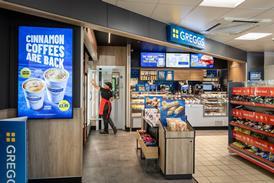





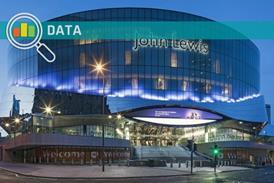







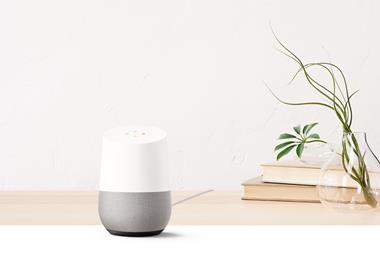
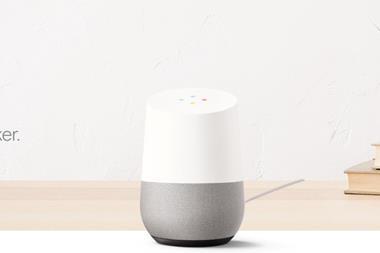

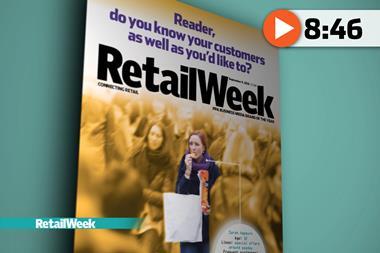




















No comments yet